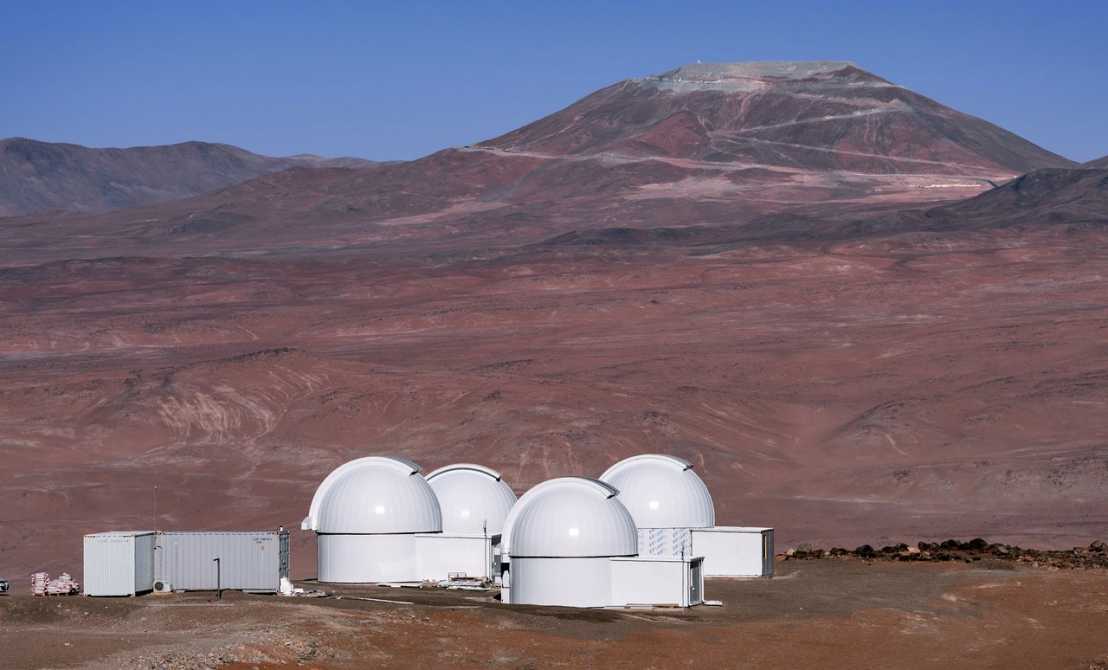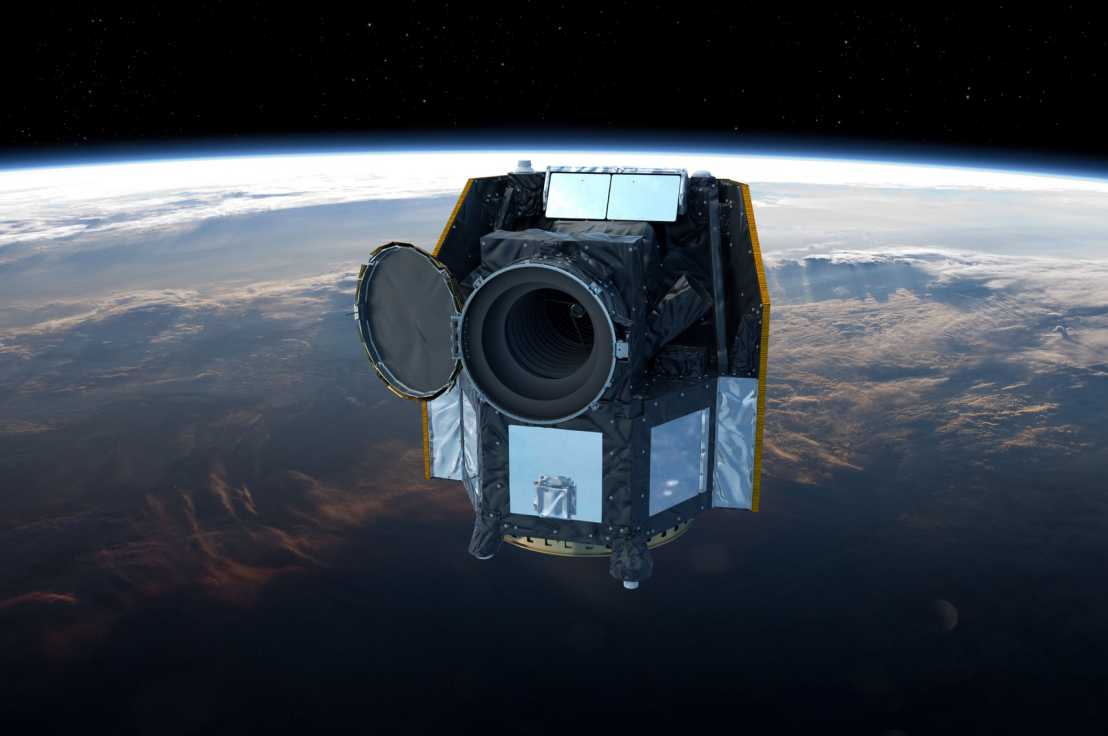Research
The Exoplanets group is expanding the knowledge about the formation and evolution of planetary systems, using innovative instruments and techniques to potentially discover Earth-like planets.
Beyond the architecture of planetary systems, the study of exoplanet structure and atmospheres holds key insights into their origins and history as well as the long-term prospect to remotely question the potential habitability of these other worlds. While this seems an extraordinary endeavour, in light of what we have learnt about Solar System planets, only a handful of key ingredients are required to start characterising an exoplanet. The fundamental quantities include the mass and the size of the planet, its temperature and some physical characteristics of major chemical ingredients present in its atmosphere. Additionally, a detailed knowledge on the stellar host is required. These fundamental parameters allow us then to gather insights about the composition, formation and evolution history of planets. Our team is developing a comprehensive research program to expand our knowledge in these directions. A large set of observing facilities is used for that goal, including ground and space based equipment.
SPECULOOS - Searching for terrestrial planets orbiting ultra-cool stars

Our group is leading a series of programmes aiming at detecting planets that are similar to the Earth in terms of size, which orbit stars that are much cooler than our Sun (M and L dwarfs). SPECULOOS is a photometric survey designed to discover Earth-size planets transiting the brightest ultra-cool stars.
Our team is part of the SPECULOOS-South facility located at Paranal, with four 1m class robotic telescopes equipped with CCD cameras operating in the very-near-IR (0.7 to 1 microns) as well as one instrument operating in the near-IR (up to 1.6 microns).
SPECULOOS is a global collaboration between the University of Liège (Lead), the University of Cambridge, University of Birmingham, University of Bern and MIT.
All details can be found on the external page SPECULOOS website.
Characterising planets with CHEOPS

The CHaracterizing ExOPlanet Satellite (CHEOPS) is the first mission dedicated to search for transits by means of ultrahigh precision photometry on bright stars already known to host planets. By being able to point at nearly any location on the sky, it will provide the unique capability of determining accurate radii for a subset of those planets for which the mass has already been estimated from ground-based spectroscopic surveys. It will also provide precision radii for new planets discovered by the next generation ground-based transits surveys (Neptune-size and smaller). The CHEOPS project is a partnership between European team members, including the University of Cambridge.
All details can be found on the external page CHEOPS website.